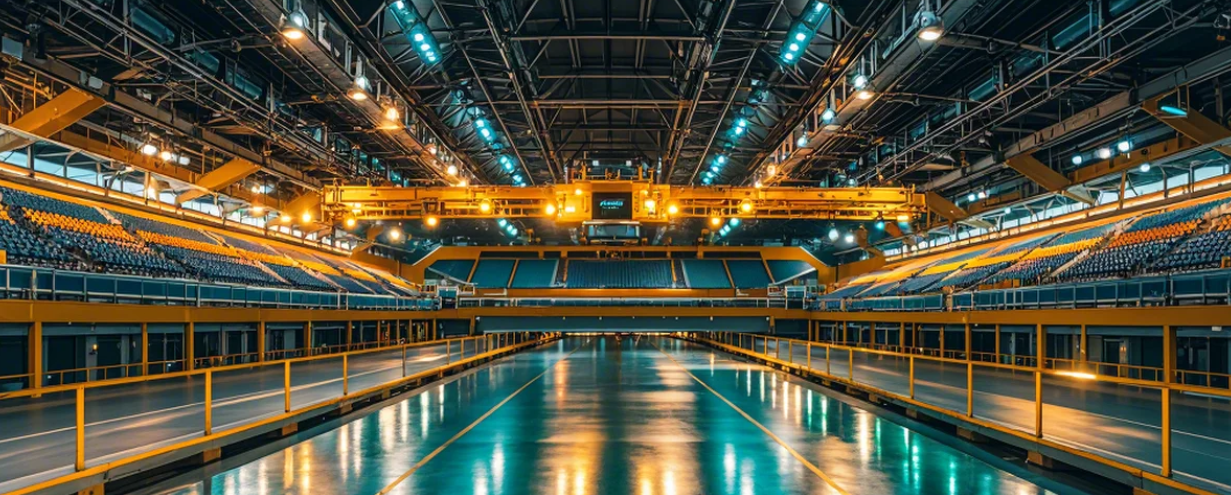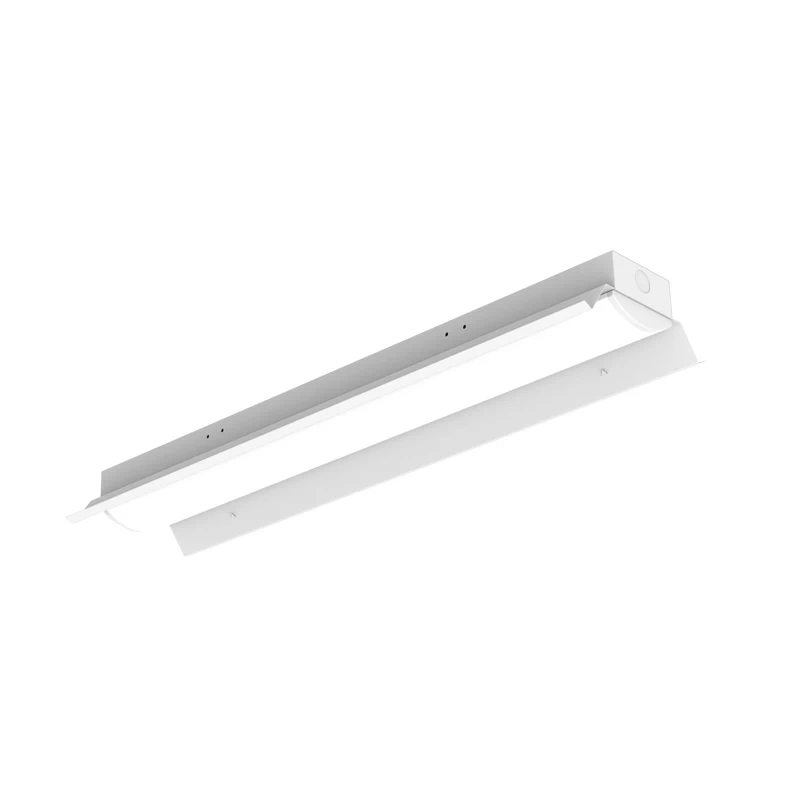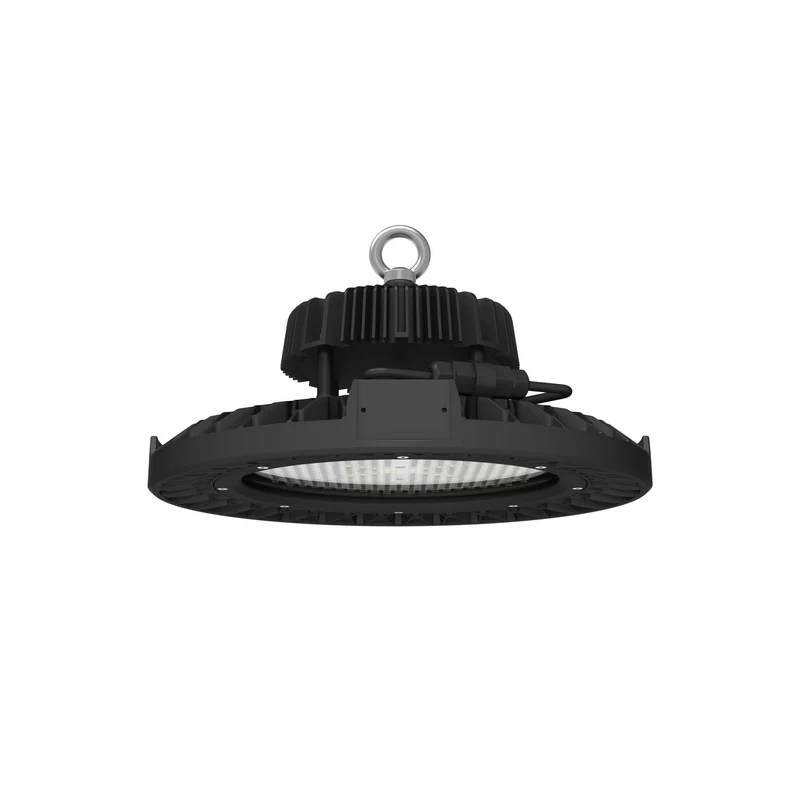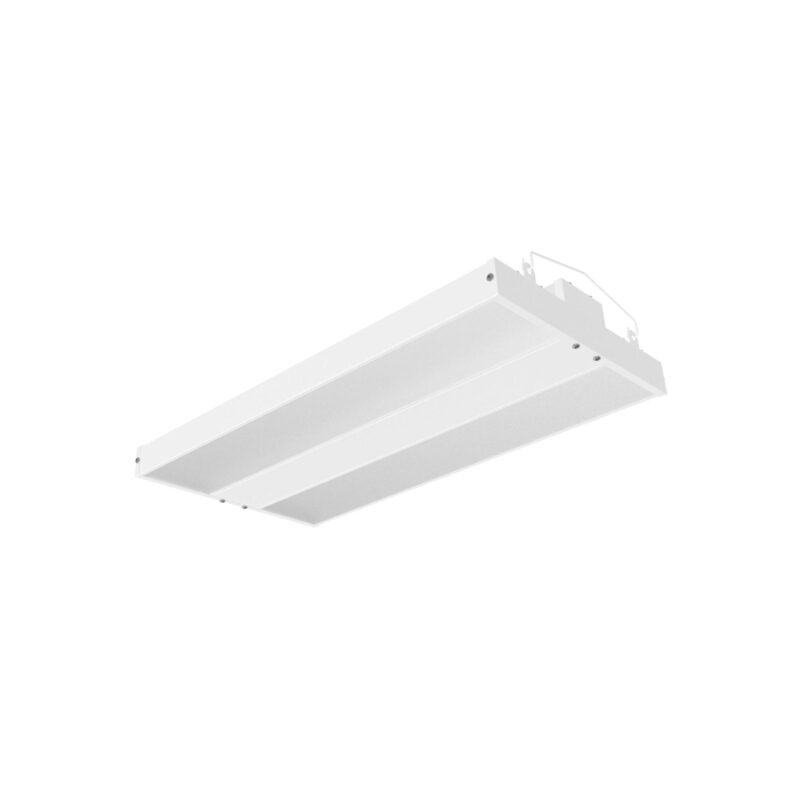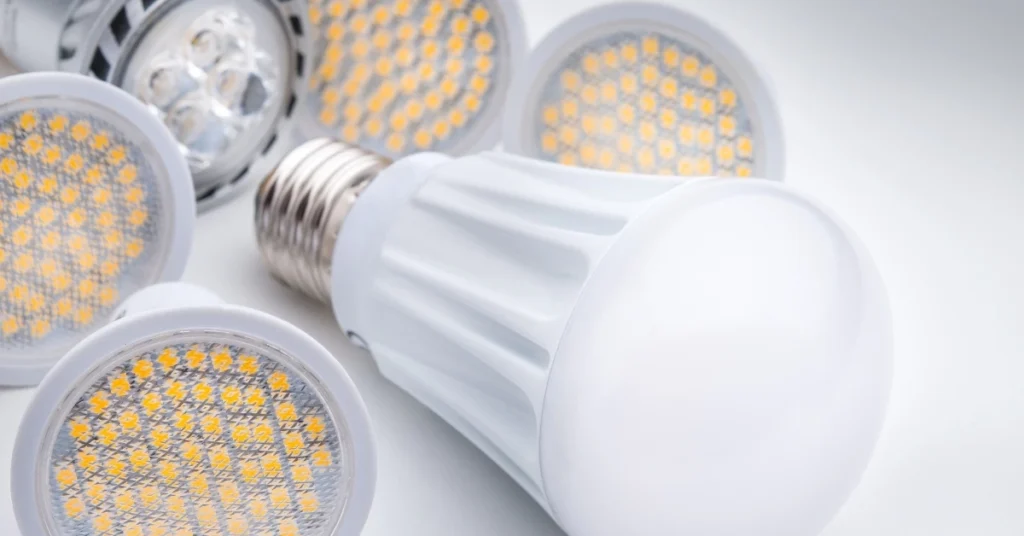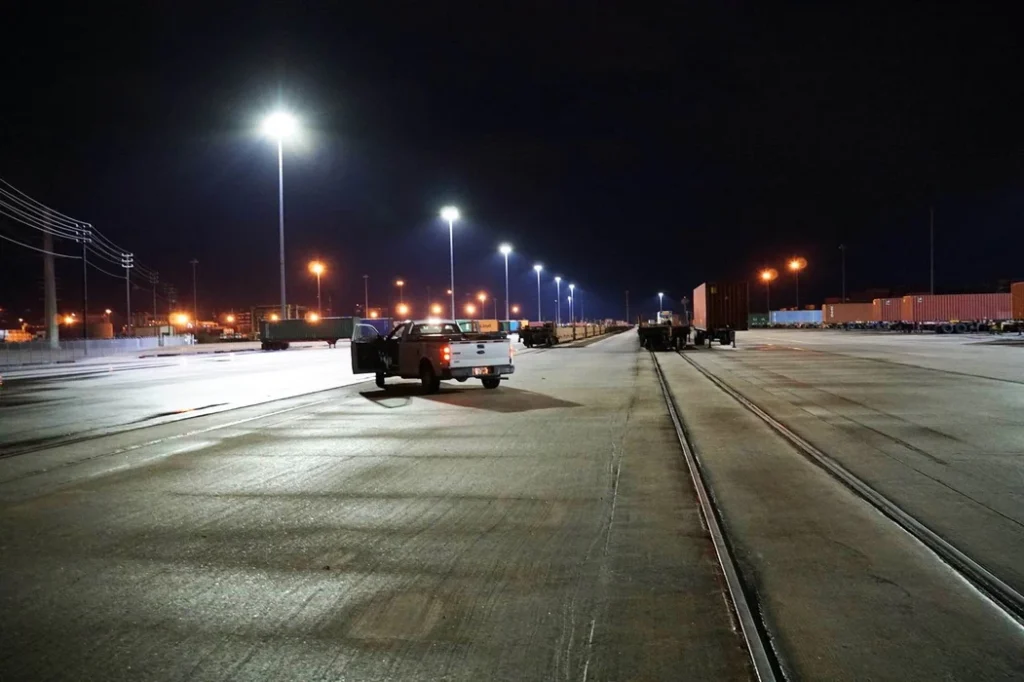13 Advantages of LED Lighting for Industrial Facilities | Ledrhythm Brands
Story at a Glance:
-
LED Lighting Eco-Friendly: LED lights are eco-friendly and have been rising in popularity consistently in recent years.
-
Benefits of LED Headlights and Light Bulbs: Among the many benefits of LED lighting is the fact that they consume significantly less energy than incandescent and even CFL bulbs.
-
Pros and Cons of LED Lights: LED lights are adaptable, directional, dimmable, and ever-improving compared to other lighting options.
Introduction
The technology behind LED lights has been around for decades, but only recently have they become affordable and reliable enough to rise in popularity dramatically. With perks starting with energy efficiency to meet virtually any energy targets and a long lifespan, LED lights are both environmentally responsible and budget-friendly.
Light-emitting diodes (LEDs) are a solid-state lighting solution that uses a semiconductor to convert electricity into light, according to the US Department of Energy. This means LED lights do not require a breakable glass bulb like traditional lights.
Plus, LED lights can be used anywhere: from sports arenas to industrial manufacturers to the home. They perform reliably and safely in various design applications, making them ideal for factories, commercial spaces, ports, and stadiums.
1. Energy Efficiency of LED Lights
LED Lights Use Less Electricity
One of the significant benefits of light bulbs in LED technology is energy efficiency. LED lights use less electricity compared to traditional lighting solutions. According to The New York Times, LED lights use up to 85% less energy than traditional bulbs. This means LEDs produce savings in electricity costs and do well by the environment.
Do LED Lights Waste Electricity?
A common question is, "Do LED lights waste electricity?" The answer is no. LED lights waste less electricity due to their efficient design. They convert a higher percentage of energy into light rather than heat, unlike incandescent bulbs that waste energy as heat.
LED Lights Pros and Cons
While discussing the pros and cons of LED lights, energy efficiency stands out as a major advantage. LED lights burn a lot of electricity? No, they don't. In fact, they help in reducing the overall energy consumption of industrial facilities.
Table 1: Comparison of Energy Consumption
|
Type of Light Bulb |
Energy Consumption |
Heat Emission |
|
Incandescent Light Bulbs |
High |
High |
|
Fluorescent Lamps |
Moderate |
Moderate |
|
LED Lights |
Low |
Low |
2. Long Lifespan of LED Lights
Long Lasting LED Bulbs
LED lifespan is significantly longer than traditional lighting options. Long-lasting LED bulbs can operate for up to 50,000 hours or more, reducing the need for frequent replacements. This is particularly beneficial in industrial settings like factories and stadiums, where changing bulbs can be challenging and costly.
Do LED Lights Burn Out?
Do LED lights burn out? Unlike incandescent bulbs, LEDs don't burn out suddenly. Instead, they gradually dim over time. This gradual decrease in brightness is less disruptive and allows for planned maintenance.
Impact of the Light Bulb
The extended lifespan contributes to the overall impact of the light bulb on operational efficiency and maintenance costs. The importance of light bulb longevity cannot be overstated in large-scale industrial applications.
3. Low Heat Emission
Does LED Get Hot?
A significant advantage of LED lights is that they emit very little heat. Does LED get hot? Compared to traditional bulbs, LEDs remain cool to the touch, enhancing safety in workplaces.
LED Lights in Hot Environments
In industrial environments where temperatures can be extreme, LED lights for hot environments perform exceptionally well. They are designed to operate efficiently even in high-temperature settings found in factories and ports.
Cold Weather Light Bulbs
Similarly, LED lights function effectively in cold climates. Are LED lights affected by cold temperature? No, they perform better in cold conditions, making them ideal for ports and stadiums located in colder regions.
4. Environmental Benefits
LED Lighting Eco-Friendly
Are LED lights eco-friendly? Yes, they are. Eco-friendly LED lights consume less energy and have a smaller carbon footprint compared to traditional bulbs.
Environmental Impact of LED Lights
The environmental impact of LED lights is significantly lower due to reduced energy consumption and longer lifespans, leading to less waste. Environmentally friendly light bulbs like LEDs contribute to sustainability goals in industrial operations.
Do LED Lights Contain Mercury?
Another advantage is that LED lights do not contain mercury or other hazardous materials, unlike some fluorescent lamps. This makes disposal easier and safer for the environment.
5. Health and Safety Benefits
Health Benefits of LED Lighting
Health benefits of LED lighting include reduced exposure to UV radiation. Do LED lights emit UV rays? LEDs emit negligible UV radiation, making them safer for both workers and products sensitive to UV light.
Are LED Lights Toxic?
Are LED lights toxic? No, LEDs are free from toxic chemicals, enhancing workplace safety.
LED Lights and Heat
Do LED lights produce heat? They produce minimal heat, reducing the risk of burns or fire hazards in industrial settings.
6. Versatility and Applications
LED Light Applications
LED light applications are vast, ranging from LED lights for your room to large-scale industrial use in factories, commercial spaces, ports, and stadiums.
LED Lights for Rooms
In office spaces within industrial facilities, LED lights for rooms provide bright and efficient lighting, improving productivity.
LED Lighting for Universities
Educational institutions like universities benefit from LED lighting for universities, offering energy savings and better illumination for study environments.
LED Lights in Stadiums
For stadiums, LED lights provide bright and uniform lighting essential for both players and spectators.
7. Smart Lighting Benefits
Benefits of Smart Lighting
Benefits of smart lighting include energy efficiency and customizable settings. Smart lighting systems can adjust brightness and color temperature, optimizing the work environment.
LED Lights Pros and Cons
While considering the pros and cons of LEDs, smart capabilities are a significant advantage, offering flexibility in industrial lighting design.
LED Lights with Lightning Effect
Advanced LED lights with lightning effect can simulate natural light patterns, enhancing worker comfort.
8. Dimmability and Control
Is LED Dimmable?
Is LED dimmable? Yes, many LED lights are dimmable, allowing for control over light levels in different areas of an industrial facility.
Does Dimming LED Lights Save Energy?
Does dimming LED lights save energy? Yes, dimming reduces energy consumption, contributing to cost savings.
How to Reduce Brightness of LED Light
Adjusting settings or using dimmable fixtures allows users to reduce brightness of LED light to desired levels.
9. Cost Savings and Efficiency
Do LED Lights Use Less Electricity?
Do LED lights use less electricity? Absolutely. LEDs are known for their low energy consumption, leading to reduced electricity bills.
Energy Saving Light Bulbs Free
Some programs offer energy-saving light bulbs free to businesses aiming to reduce energy usage.
Do LED Lights Save on Electricity?
Over time, LED lights save on electricity costs, making them a wise investment for industrial operations.
10. Safety and Reliability
Are LED Light Bulbs Safe?
Are LED light bulbs safe? Yes, they are safer due to lower heat emission and absence of hazardous materials.
LED Lights for High Temperature Areas
Designed for durability, LED lights for high-temperature areas withstand harsh industrial conditions.
LED Lights Safety
Overall, LED lights safety features make them ideal for workplaces where safety is paramount.
11. Impact on Society and Industry
How Has the Light Emitting Diode Impacted Society
The advent of LED technology has revolutionized lighting. How has the light emitting diode impacted society? By providing energy-efficient, long-lasting lighting solutions, LEDs have transformed industrial operations.
Impact of the Light Bulb
The impact of the light bulb on society is profound, and LEDs represent the latest advancement in this technology.
Importance of the Light Bulb
Understanding the importance of the light bulb helps appreciate the significant strides made with LED lighting.
12. Comparisons with Traditional Lighting
Advantages of Incandescent Light Bulbs
While there are advantages of incandescent light bulbs, such as warm light quality, they are outweighed by the benefits of LEDs.
LED vs Regular Bulbs
In the LED vs regular bulbs debate, LEDs offer superior energy efficiency, longevity, and safety.
Pros and Cons of LED Light Bulbs
Evaluating the pros and cons of LED light bulbs, the advantages in industrial applications are clear.
13. Technological Advancements
LED Lighting Fixture
Modern LED lighting fixtures are designed for easy installation and maintenance in industrial settings.
LED Lamps for Home
The technology extends to residential use, with LED lamps for home providing the same benefits on a smaller scale.
LED Full Form Bulb
Understanding the LED full form bulb helps in recognizing the technology's capabilities.
Tables and Professional References
Table 2: LED vs. Incandescent and Fluorescent Lamps
|
Feature |
LED Lights |
Incandescent Bulbs |
Fluorescent Lamps |
|
Energy Efficiency |
High |
Low |
Moderate |
|
Lifespan |
OVER 50,000 hours |
1,200 hours |
8,000 hours |
|
Heat Emission |
Low |
High |
Moderate |
|
Environmental Impact |
Low |
High |
Contains Mercury |
|
Initial Cost |
Moderate |
Low |
Moderate |
|
Dimmable |
Yes |
Yes |
Limited |
|
Contains Hazardous Materials |
No |
No |
Yes |
Professional Reference
According to the US Department of Energy, LED lights are more efficient, durable, and offer comparable or better light quality than other types of lighting.
Conclusion
In conclusion, LED lights offer numerous advantages for industrial applications in factories, commercial spaces, ports, and stadiums. From energy efficiency and environmental benefits to safety and versatility, the benefits of LED lighting are clear.
By embracing LED technology, industries can reduce costs, improve safety, and contribute to environmental sustainability. The shift to LED lighting represents a significant advancement in industrial operations, aligning with modern goals for efficiency and responsibility.
If you want to know more about ledrhythm's led products, please click here.
If you have any other questions, please click here to submit your questions. We will reply to you within two working days.

